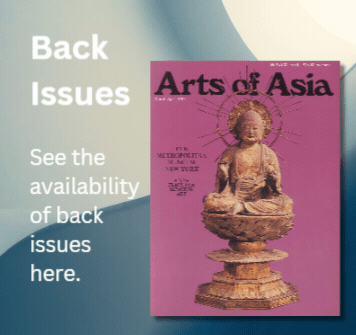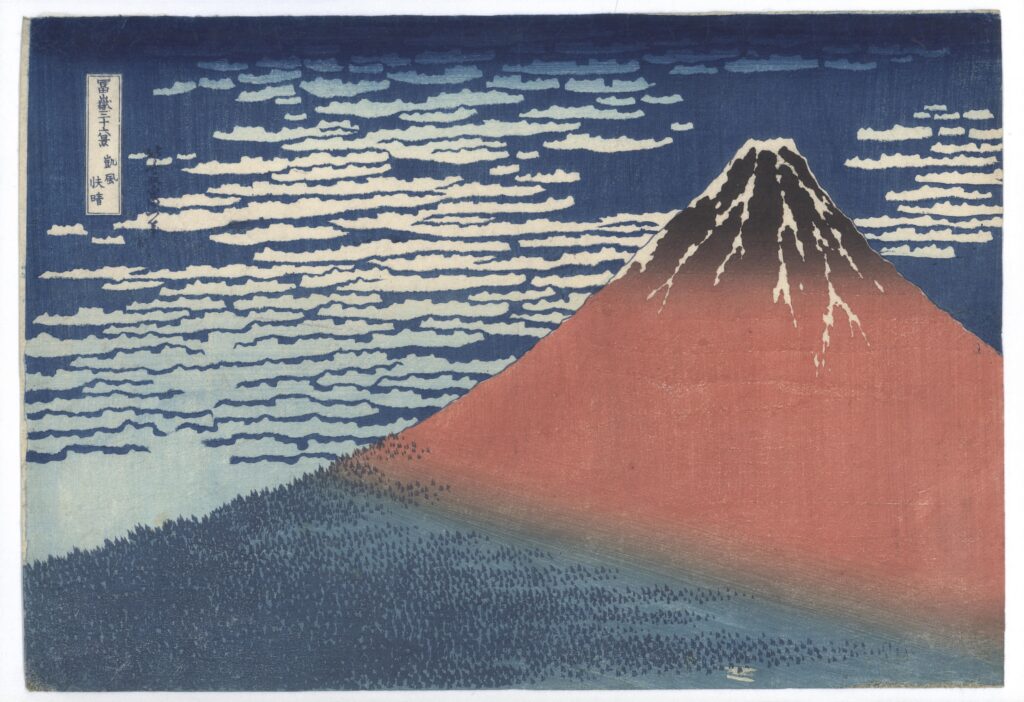
FOR THIS Spring 2023 issue on outstanding private and museum collections, I would like to thank all the contributors for their superb articles. My team and I highly appreciate their hard work and we are confident that our international readers will find the articles interesting and informative. I would especially like to thank Tusha Buntin for his insightful article, “The Naej Collection: Bamboo Culture in Japan”. The Naej Collection features incredible Japanese bamboo art by the greatest masters over the last 165 years. The beautiful and elegant hanging basket for flowers in Chinese style, made by Tanabe Chikuunsai I (1877−1937) in 1924, is my favourite example in the article, which is why I have chosen it for the cover of this special issue.
I am also delighted to announce that Hong Kong has launched a major promotion to attract tourists and businesses back to our international city…and it appears to be working. The border with China has reopened and Covid-19 restrictions have been lifted, which has significantly increased ease of access into China, and vice versa. This is welcome news for Asian art collectors, who are eager to return for the major art fairs, museum and gallery exhibitions, as well as important auctions scheduled in Hong Kong in Spring 2023. This year, Sotheby’s is celebrating a milestone fiftieth anniversary in Asia and I expect the company’s previews and sales to be spectacular. I look forward to covering these exciting events in future issues of the magazine.


Asia Week New York, taking place from March 16th to 24th, 2023, will include twenty-six international galleries and six auction houses. After a three-year hiatus, I am truly excited to attend again in person and look forward to viewing the treasures on display and for sale, as well as catching up with collectors, curators, connoisseurs and friends. Asia Week New York always provides a rich cultural experience for Asian art enthusiasts. Now, more than ever, it is vital to continue to support cultural events that pay tribute to the many facets of Asian art in all their glorious forms. I wish all the participating dealers and auction houses great success, and I am pleased to mention some of the special exhibitions and highlights in this Editorial.
TAI Modern is returning to this year’s Asia Week New York to exhibit important historic and contemporary works of Japanese bamboo art. Margo Thoma, gallery director, explained: “I am honoured to bring these works to Asia Week. The knowledge and enthusiasm from the collectors who come to New York to celebrate our artists is unparalleled. This is the perfect audience for both contemporary and historic bamboo art.” TAI Modern will feature works by the most prestigious bamboo artists, including members of the historic Tanabe family lineage, as well as contemporary masters, such as Living National Treasure Fujinuma Noboru, Kawano Shoko and Torii Ippo. This exhibition will provide Asia Week visitors with the opportunity to experience a diverse collection of outstanding bamboo art.
Among the works in the exhibition, “Japanese Paintings and Prints, 1800−1860”, at Sebastian Izzard LLC Asian Art is South Wind, Clear Dawn, the incredible woodblock print by Katsushika Hokusai. In this iconic work, the mountain was venerated as a female deity, and visitors were encouraged to ascend its slopes and enter its caves to engage in religious austerities, so that when they exited, they would be spiritually reborn and purified.

Dai Ichi Arts, Ltd presents a group exhibition of some of the most exceptional Japanese ceramic works. “Intangible Heritage: The Art of Japan’s Living National Treasures” includes the masters of a range of ceramic techniques from porcelain to stoneware, from celadon to iron glazes. Among the featured artists—all pioneers and leaders of their respective craft—is Shimaoka Tatsuzō, who is known for his unique and personalised blend of Mingei and modern influences, as reflected in the illustrated elegant stoneware platter.
“Safety in Numbers”, the title of Kaikodo’s online exhibition and sale from March 16th to May 31st, 2023, showcases a dynamic late 15th century porcelain jar decorated with the Eight Immortals. The term fahua, literally “ruled design”, is the moniker for ceramics produced by way of an extraordinary technique in which raised strings of slip serve as outlines for motifs brought to life through strikingly coloured enamels. The illustrated storage jar, which could have served as a decorative accoutrement as well, brings attention to a subject and an aesthetic that would have captivated and dazzled its Ming dynasty audience, as they still do today.
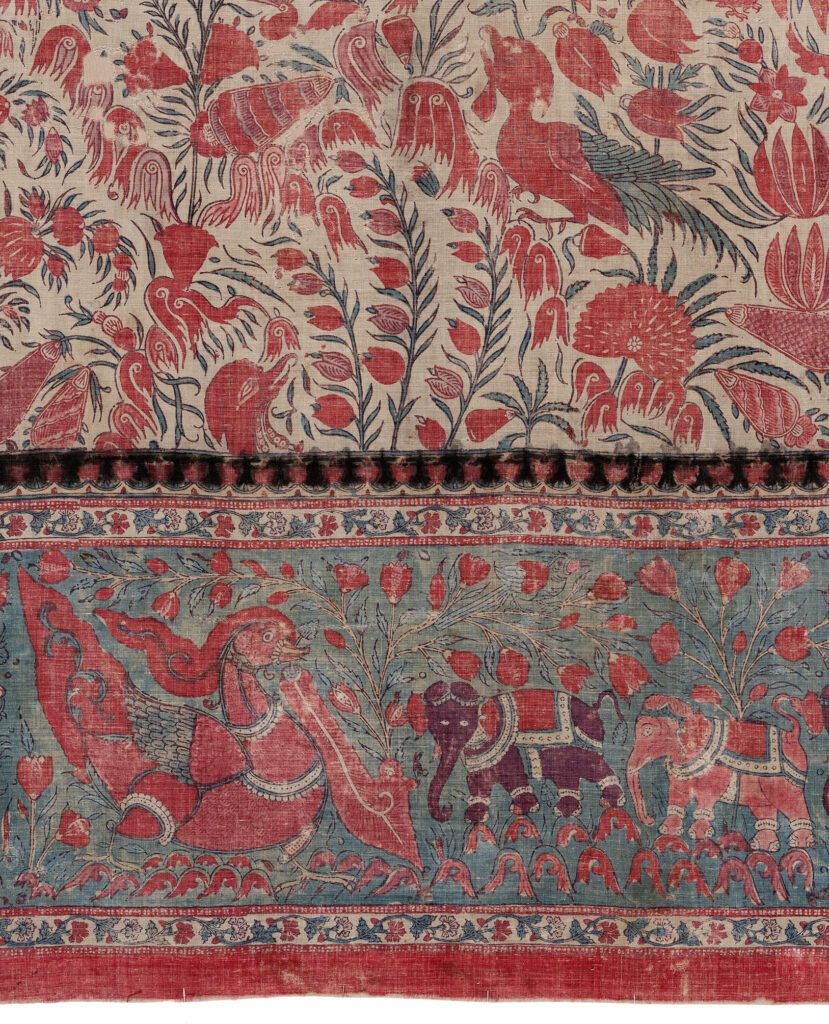
Among the important textiles in “Recent Acquisitions”, offered by Thomas Murray, is a beautiful Palampore decorated with mythical lions, large hamsa geese, charming purple and red elephants and Mughal-style flowers. This unique textile, with its very special iconography, is inspired in part by 17th century Dutch botanicals.
“The Mary and Cheney Cowles Collection of Chinese Ceramics” will be prominent at Zetterquist Galleries. Quietly and judiciously assembled over the last fifty years, the fifty-six pieces on offer span 1000 years, from the 4th until the 14th century. They include concentrations in white and sancai Sui to Tang dynasty earthenwares, as well as Yue, Yaozhou, Ding, Qingbai, Jun and Cizhou kiln type wares, with black and brown kilns from Northern and Southern China also represented.
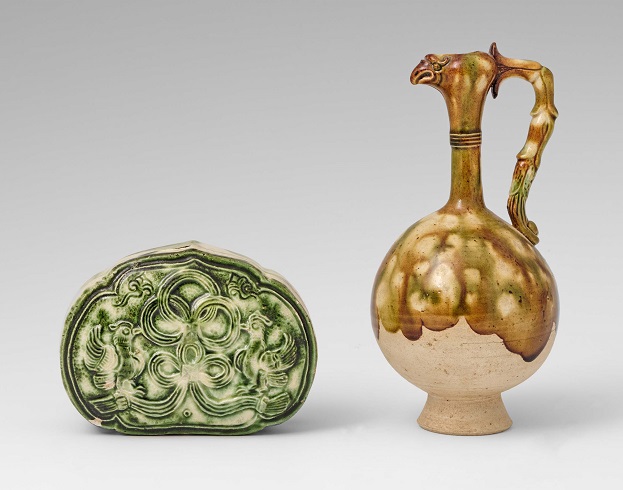
Orientations Gallery and Oriental Treasure Box are returning to the elegant Nippon Gallery, located on the 7th floor of the Nippon Club Tower. This year’s event, entitled “Celebrating Japanese Artists and Artworks”, marks the tenth anniversary of this collaborative vetted exhibition. The show will focus on artworks with the Japanese concept of Kinen (Anniversary and Commemoration). Objects depicting special celebratory events and ritualistic occasions will be included. Artists, who have won awards at noteworthy expositions from the Meiji period to the present day, will be featured.
Unfortunately, I will not be able to attend TEFAF Maastricht 2023 in March, but Paul Bromberg, Arts of Asia Contributing Editor, will be visiting. It will be his first time at the fair and I am sure he will have a wonderful time meeting globally renowned dealers and gallerists, who will return to Maastricht’s MECC for the 36th edition of the world’s leading fine art and antiques event. The 2023 fair comprises 268 dealers, with more than twenty dealers specialising in Asian art.
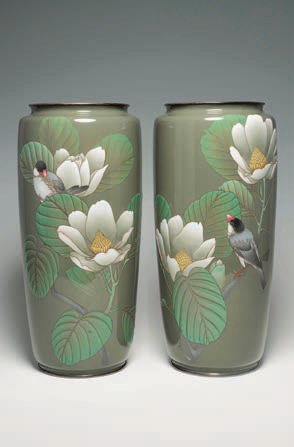
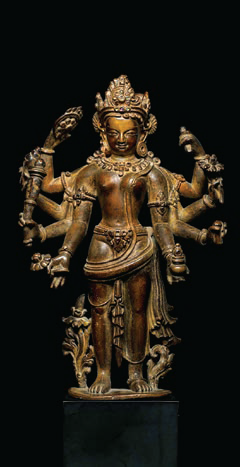
Rossi & Rossi will present extraordinary stone sculptures, bronzes and paintings from China, India, Nepal and Tibet at TEFAF Maastricht. Central to the presentation are important Himalayan sculptures from the collection of Leonidas Goulandris, the late Greek collector. One highlight is a rare 14th century Vasudeva-Kamalaja from Nepal. This finely rendered figure depicts a composite image of Vishnu and Lakshmi. Such unique iconographic composites were technically challenging to produce, as they required the artist to capture two deities in one cohesive form.
Finally, I would like to wish all readers and friends of the magazine a very happy, healthy and prosperous Year of the Rabbit. I will be delighted to meet you at the various upcoming Asian art events taking place around the world, as well as in Hong Kong throughout the year.

Please click here to view the contents of this issue.

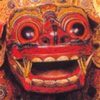 Subscribe
Subscribe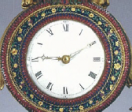 Calendar
Calendar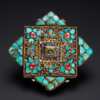 Links
Links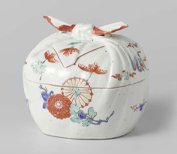 Gift
Gift

